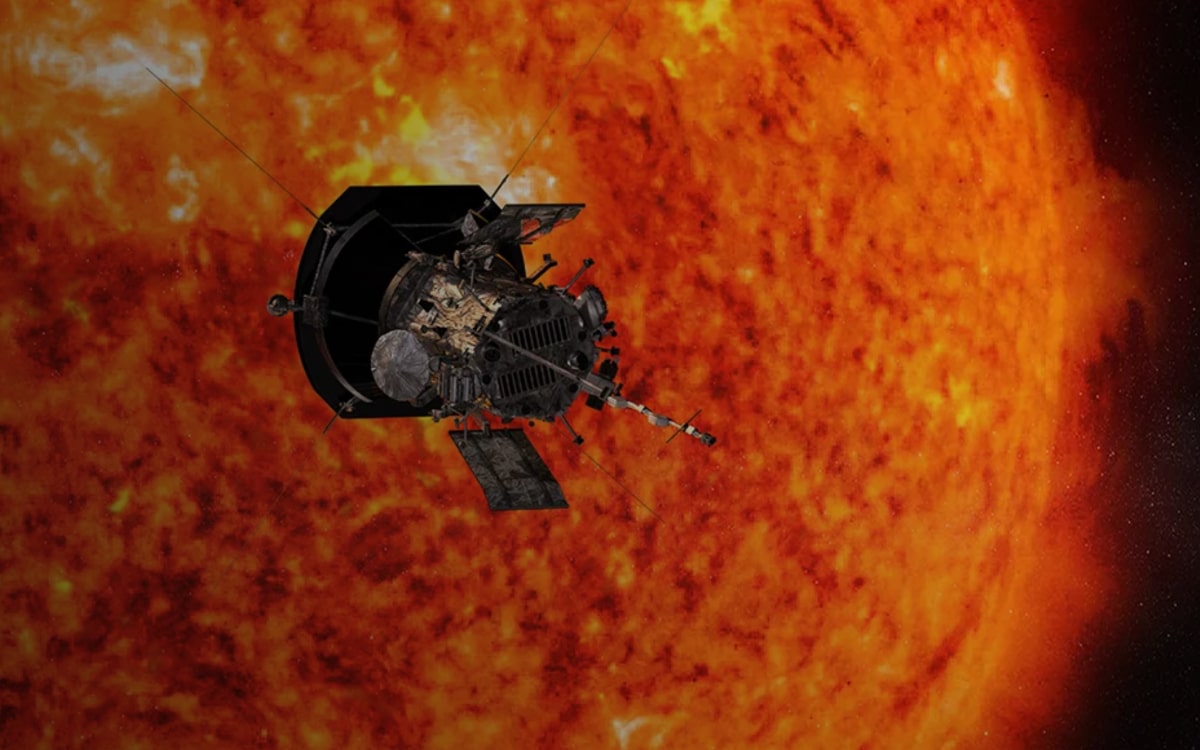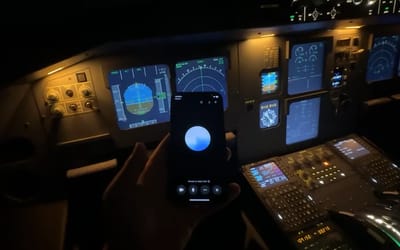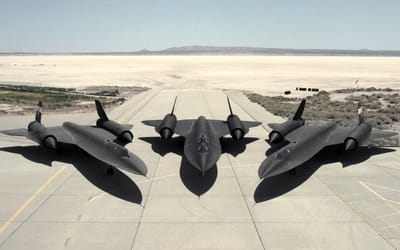NASA spacecraft to ‘touch’ the sun at staggering speed in 2024
- NASA’s Parker Solar probe is on a mission to “touch the sun”
- In 2021, the probe became the first spacecraft to fly through the corona – the Sun’s upper atmosphere
- With every orbit bringing it closer, the probe faces brutal heat and radiation to provide humanity with unprecedented observations, visiting the only star we can study up close
Published on Jan 03, 2024 at 5:16 PM (UTC+4)
by Adam Gray
Last updated on Jan 03, 2024 at 9:01 PM (UTC+4)
Edited by
Amelia Jean Hershman-Jones
Later this year, the daring ‘Parker Solar Probe‘ from NASA will touch the sun.
The upcoming close encounter will see the probe rapidly soar through the Sun’s upper atmosphere, known as the ‘Corona’.
Amazingly, this isn’t the first time a spacecraft has made contact with the Sun flying through its Corona.
READ MORE! Astronauts aboard International Space Station experienced New Year’s Day 16 times
Back in December 2021, NASA made history when its probe collected essential data on charged particles and magnetic fields.
When man landed on the moon, scientists gained significant insights into its origin and geographical history.
‘Touching’ or carefully analyzing the components that make up the Sun is a crucial way to understand more about our host star – as well as its influence on the solar system.
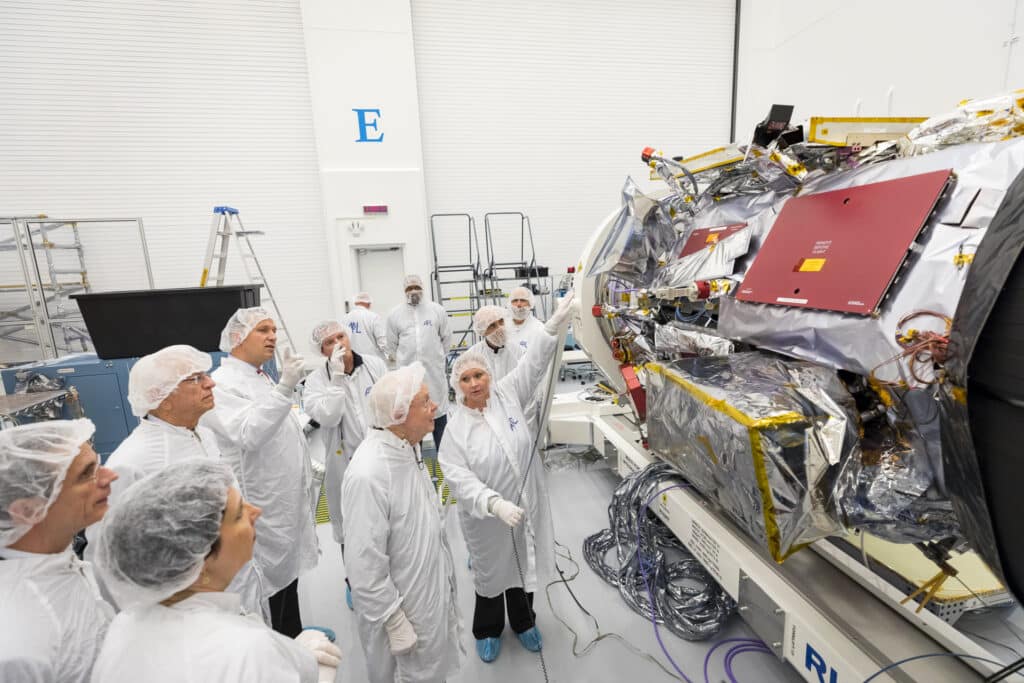
According to the BBC, when the spacecraft travels through the exceptionally hostile atmosphere around our star late in 2024, it will do so at a staggering speed of 195 km/s or 435,000 mph.
The Sun’s powerful gravitational attraction will assist the probe in reaching this incredible high speed.
Apparently, the probe is scheduled to come within 3.9 million miles of the Sun’s surface during its flyby.
That’s even closer than the planet Mercury.
Speaking of which, NASA has announced a total solar eclipse is coming this year.
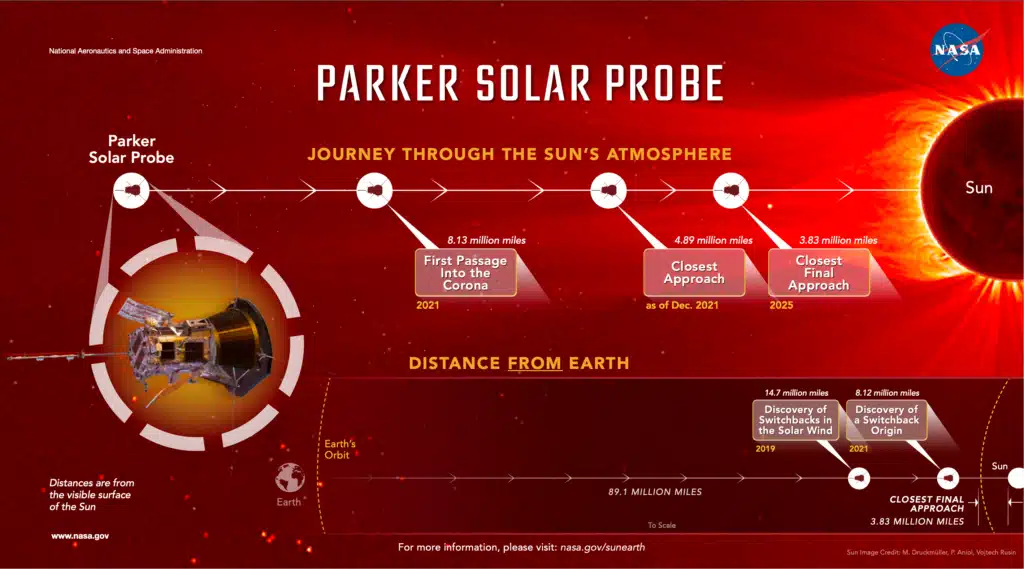
The probe, worth $1.5 billion, can endure the heat thanks to four-inch-thick carbon-composite shields.
Those massive heat shields protect the probe and its equipment during perihelion – the point in the probe’s orbit closest to the star.
Just as well, as at this juncture, temperatures on the front of the spacecraft may reach around 1,400°C.
Sounds like a risky mission, but one that’ll be worth it, as it’ll enable direct investigation of solar material, such as charged particles and magnetic fields.
Those insights will offer scientists previously unseen information about the Sun’s dynamics.
Meanwhile, NASA’s helicopter found ‘otherwordly’ wreckage on Mars’ surface.
The chopper, nicknamed Marscopter, was traveling over the Red Planet’s surface when it captured jaw-dropping images of wreckage, adding to the incredible recent images from NASA of Uranus.
DISCOVER SBX CARS: The global premium car auction platform powered by Supercar Blondie
Adam Gray is an experienced freelance motoring journalist and content creator based in the United Kingdom. Using his media accreditation with manufacturers’ press offices, Adam test drives the latest cars and attends new vehicle press launches, producing written reviews and news pieces for a variety of lifestyle and business publications. Here at Supercar Blondie, Adam applies his journalistic skills penning social-first content around current news and trends. When he’s not behind the wheel of the latest car or writing up another viral story, Adam can be found at his local rink playing ice hockey or at the Riverside Stadium supporting his beloved Middlesbrough FC.
